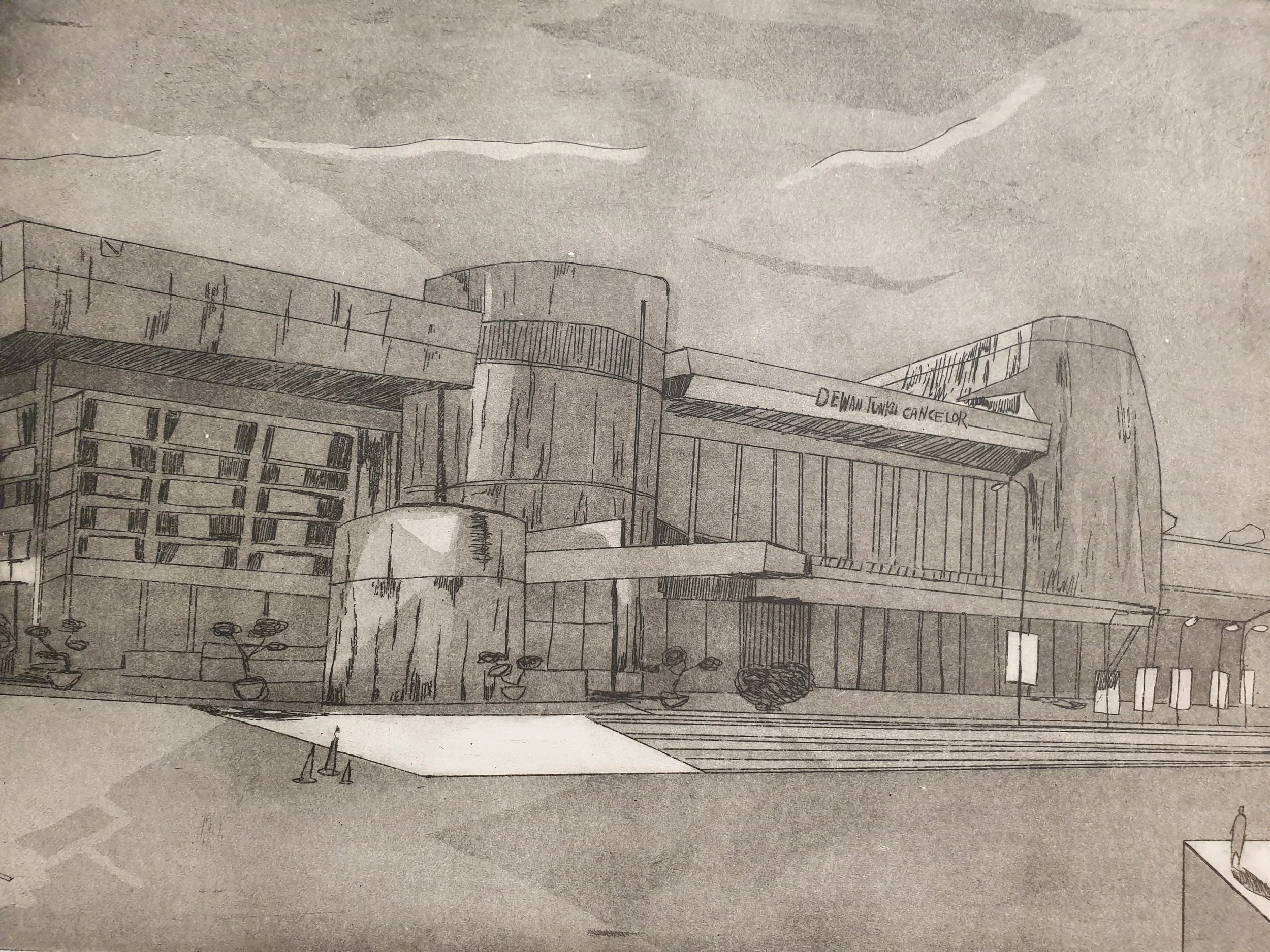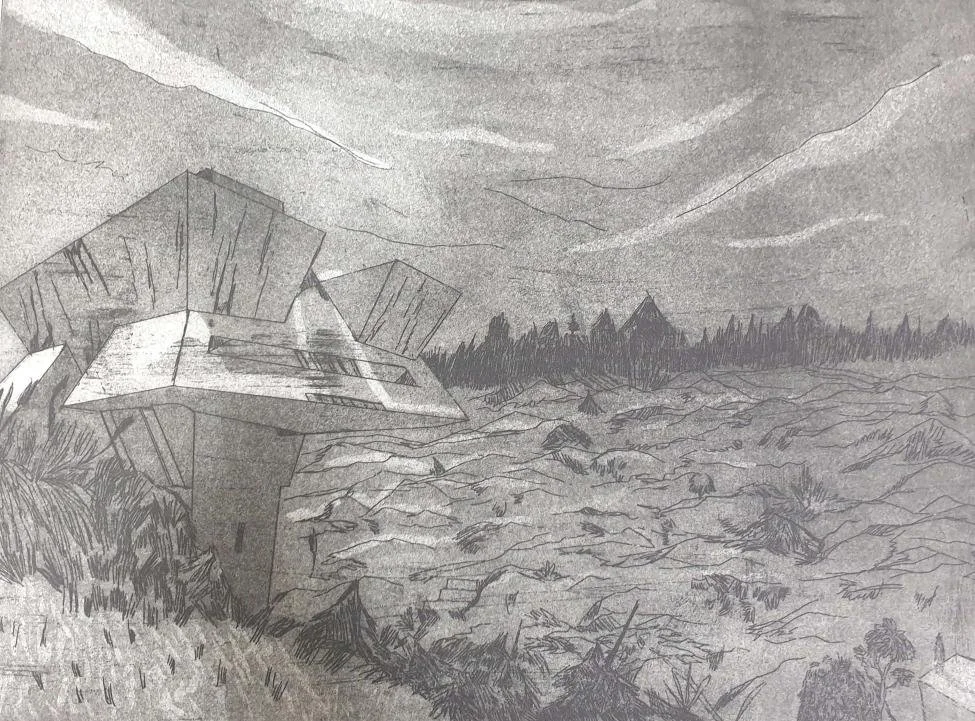PARADOXES OF BETON BRUT
Le Corbusier, the renowned French modernist architect, coined the term beton brut in the 1950s as a tag for buildings formed out of raw concrete. In the English-speaking world, this architectural genre was popularized as brutalist in recognition of its powerful form-making and the horror this new style evoked from the public who either loved it or hated it. Beton brut swept into popularity in the 1950s to 1970s architecture world, dotting cityscapes from Marseille to Kuala Lumpur. Never fully embraced by the general public because of its uncompromising challenge to convention, many such buildings have since being torn down. Into this fast-disappearing world we come upon Kar Mern, a young Malaysian artist, whose own personal journey in life has fostered a deep fascination for beton brut. From her unique perspective, she appreciates the beauty in what others may consider ugly, the warmth in perceived coldness, the natural from something deemed unnatural. Maybe Kar Mern likes what she sees because it speaks to her about her as a person growing up with Asperger’s Syndrome in a society with little understanding of this condition. Like Beton Brut, she too challenges conventions about what is considered acceptable and has found an ally in an architectural movement that speaks this truth to her. Maybe this is why we find in all her works a little figure Kar Mern calls the Wanderer. Maybe the Wanderer captures how deeply personal Kar Mern’s architectural studies of Beton Brut are and allows us a glimpse into the very private world of this artist.










